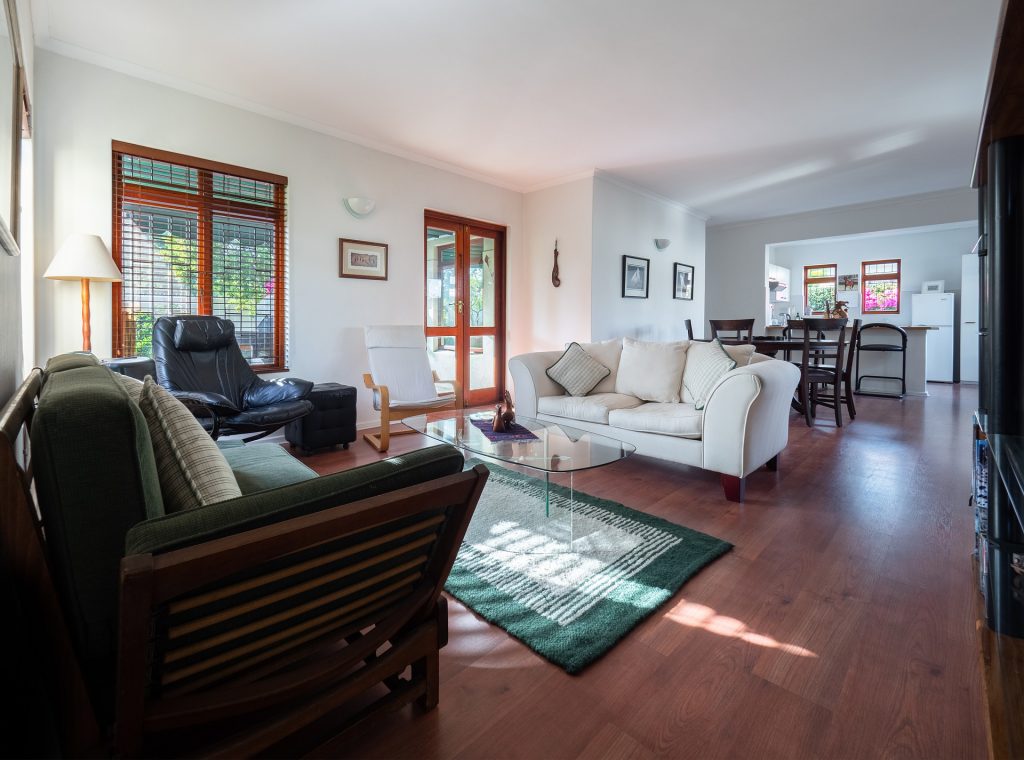Moving into a new home? If so, then you should be thinking about home contents insurance. Less than 45% of people insure the contents of rental properties. But it’s one of those things which shouldn’t be overlooked… what happens if disaster strikes? If you have a rental home or own one, you need a home security system from somewhere reputable like Verisure. A good home security and burglar system will protect your home 24 hours, 365 days a year from a break-in and fire.
You never know when something like a break-in or a fire might occur. While these incidents are often crippling, they become much easier to weather when you have the perfect home contents insurance policy in place.
You first need an estimate of the value of everything you own. This estimated value will be the maximum your insurance provider would pay if a disaster occurs and you lose everything.
Why do you need accurate estimates?

Your insurance provider will need an estimate of all your belongings so that they can compensate you in case of an incident such as a burglary or fire. This estimate needs to be highly accurate as this will be the maximum amount the company will re-compensate you. So, if you miss a few items, there is a chance you will not be compensated for them. If the estimate is too low, you will be underinsured, and the company will only pay you out a small percentage of any claim you raise. According to multiple reports by the Association of British Insurers, one in five households might be underinsured because they don’t know how much all their home contents are worth.
On the other hand, if your estimate is too high, then you might end up paying a lot more on insurance than you bargained for.
That is why you must estimate the worth of all that you own.
What do you include in your estimate?
While estimating the value of your home contents, you should not just include the expensive items, but everything in your home. A smart way to do this is to take a close-up picture of every object, including curtains, and carpets. Consider creating categories like fair market value and replacement value while taking note as this will help you choose the right insurance provider. This further ensures that you can skim through a list quickly and check what items are documented in these photos. Some people also retain a hard copy of their belongings grouped according to room, but that’s up to you.
Some of your belongings are less likely to be stolen but are liabilities during a flood or fire. As a result, you must include everything and remember to log all valuables in your estimate list. What you should exclude are the fittings and permanent fixtures which are covered separately under building insurance. Objects like built in storage are covered in the house insurance and you can comfortably leave them out.
How do you calculate an accurate estimate?
While creating your list, it’s good to be as accurate as possible as this will prevent you from being underinsured. An insurance company defines ‘item value’ as the amount of money it would take to replace that particular piece. Most times it is highly unlikely that the item value will match the amount you paid for it. If you are not sure what the item value should be, then go online and check for a replacement cost.
It is advisable to create a separate list of high-value items as most insurance companies have an upper limit towards what an item can be worth. This maximum price point is often known as the single article limit. The amount might go up or down depending on who your insurance provider is.
Some valuables like jewellery and precious stones can increase significantly in value over time as they depend on the market prices of those metals and stones. So, be sure to update your policy every few months according to the going rate as you will only be covered for the declared value. It is also advisable to get a valuation certificate every three years for these high-value items.
Other than this you should include cover for things like your mobile, wallets, expensive handbags, coats, watches and so on. If it is a part of you or your home, then your insurance policy should include all of these.
Keeping all this in mind, once you have the list ready get your calculator and add those numbers up. What you end up with will be the most accurate estimates of all your home contents, and you can use these numbers while choosing the perfect policy for you. Most insurance companies have calculating tools which suggest policies designed just for you.
Policy rates might vary from provider to provider, so check all terms and conditions before choosing a cover that suits all your needs.
Featured Image by David Mark from Pixabay
